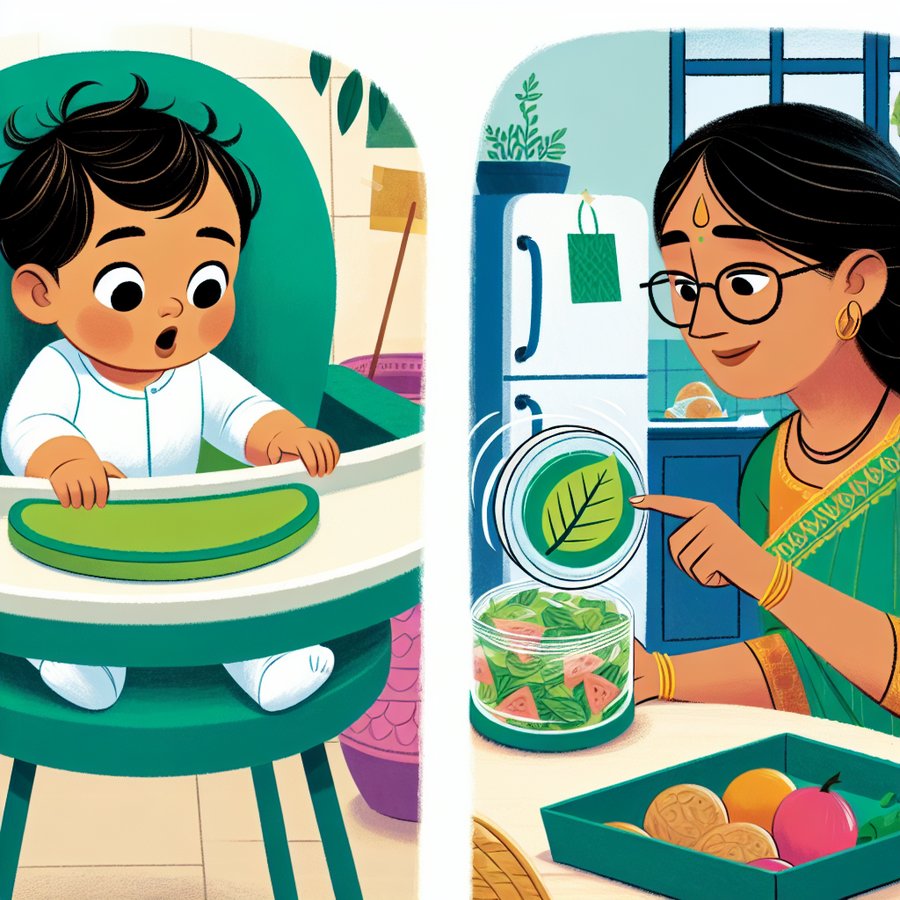Sustainable baby food packaging and its importance cannot be overstated in today’s eco-conscious world. As parents, we want the best for our babies, which includes ensuring a healthy planet for their future. This comprehensive guide delves into the significance of choosing sustainable packaging for baby food, highlighting its benefits not only for the environment but for our children’s health as well.
The Significance of Sustainable Baby Food Packaging and its Importance
The conversation around sustainable baby food packaging and its importance is gaining momentum for good reason. Traditional packaging solutions contribute significantly to environmental pollution. In contrast, sustainable packaging offers a path to reduce our ecological footprint. By choosing eco-friendly packaging, parents can play a pivotal role in promoting sustainability.
Moreover, sustainable packaging often involves using safer materials that are better for our babies. These materials are typically free from harmful chemicals found in conventional packaging, reducing the risk of exposing our children to potentially hazardous substances. Thus, the shift towards sustainable packaging is not just about protecting the environment, but also about safeguarding our kids’ health.
How Sustainable Packaging Makes a Difference
Sustainable baby food packaging plays a crucial role in minimizing waste and conserving resources. Packaging made from renewable resources or recycled materials can significantly cut down on the waste produced by the baby food industry. This not only helps in reducing landfill contributions but also aids in conserving natural resources like water and energy used in the production process.
Furthermore, sustainable packaging often features improved design for better efficiency and recyclability. By designing packaging that is easier to recycle, the baby food industry can ensure that more materials are reused, thereby reducing the need for new resources. Additionally, some sustainable packages are biodegradable or compostable, offering an eco-friendly disposal option that contributes to soil health instead of polluting the environment.
Choosing Sustainable Baby Food Packaging: A Guide for Parents
As informed parents, choosing sustainable baby food packaging is a powerful step towards a healthier planet. But how do you make the right choice? Look for packaging that is clearly labeled as biodegradable, compostable, or made from recycled materials. Brands that are transparent about their sustainability efforts and have certifications from recognized environmental organizations are usually a safe bet.
Parents can also support sustainability by preferring products packaged in reusable containers. Investing in reusable baby food containers can further minimize waste. For homemade baby food, options like DIY baby food storage and preparation tips can be invaluable. Additionally, educating oneself on organic versus non-organic baby food for infants and the nutritional needs for premature babies can enrich your understanding of holistic and sustainable baby nutrition.
In conclusion, the move towards sustainable baby food packaging is not just a trend but a necessary step towards a healthier, more sustainable future for our planet and our children. By making informed choices about the products we use, we can significantly reduce our environmental impact and contribute to a safer, greener world for future generations.













